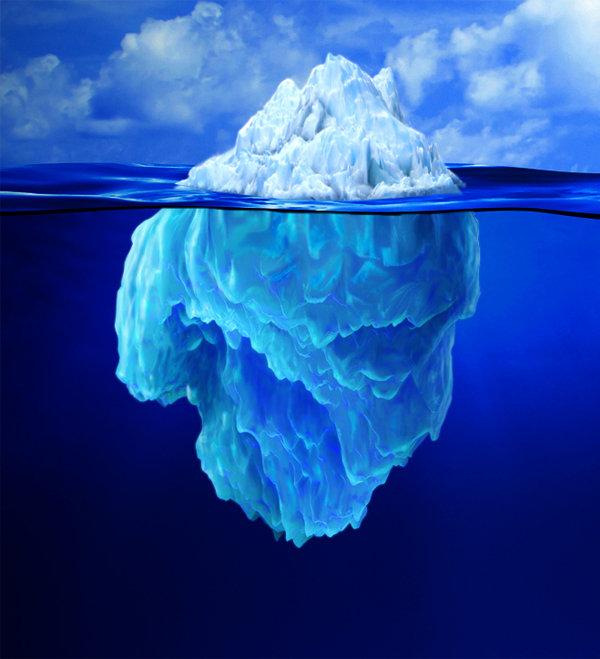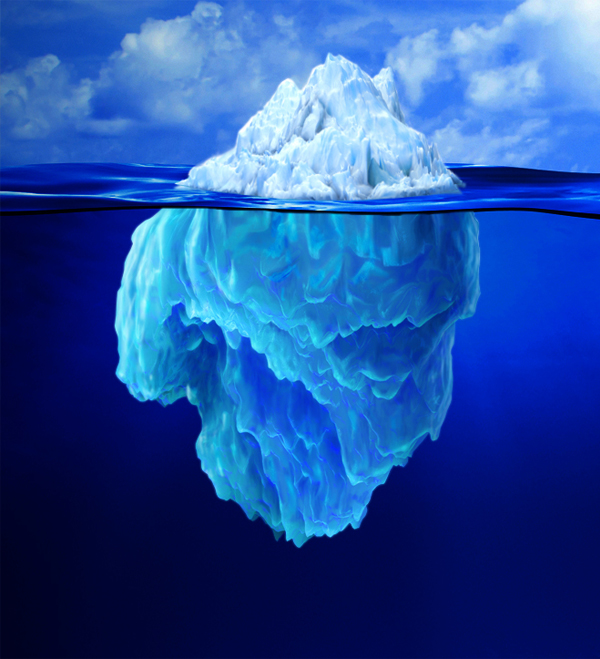

#Iceberg effect movie#
Now, imagine if we’d seen the top fall–the ending wouldn’t be nearly the powerful conversation piece it turned out to be.įor an even bigger example, watch a movie like Donnie Darko or Enemy. You don’t know whether the top is going to fall or stop spinning if Cobb is living in a permanent dream or in reality.

It’s a little heavy on exposition, but the movie is famous for that ambiguous ending.

Since Hemingway coined the term (and the tactic has since been practiced by all sorts of writers), the Iceberg Theory has become a common piece of writing and filmmaking. This is more common today than you might imagine. At least, that’s how Hemingway viewed it. Let readers figure things out on their own, and your writing will be more powerful as a result. It’s about getting people to feel something, rather than telling them. So, case in point: By consciously omitting things from your story, you’re able to craft a better one. “You could omit anything if you knew that you omitted and the omitted part would strengthen the story and make people feel something more than they understood” There’s a great quote about omission that bolsters this idea. He wasn’t aiming for nondescript, boring stories–it was just the opposite. So, when he created his Iceberg Theory, Hemingway was setting out to change the M.O. The concept of an unreliable narrator had barely emerged and many authors of that time didn’t leave much to the readers’ imagination. When Hemingway was telling stories at his typewriter in 1920s Paris, novels tended to be long-winded, descriptive affairs. This isn’t true–but to understand the theory a little better, we need to look at historical context. In a modern context, the Iceberg Theory is often misinterpreted as meaning you should leave the important and exciting bits out of your story. This doesn’t mean you should write a boring story. Hemingway felt that this tactic (called the Iceberg Theory because, of course, most of an iceberg is under the surface) made the written story more powerful. Then, readers can interpret the implications and meaning on their own. On the page, you write the story as simply as you can. It’s a style of writing that leaves most of the story beneath the surface, for the reader to discover on their own. The most famous of which is the Iceberg Theory. It was anything but–underneath the short descriptions and tight dialogue lie dozens of smart writing tactics that we’re still using today. His writing is described as “terse and understated” on nearly every website on the internet, so you don’t need to hear it from me.īut, you’d be wrong to take Hemingway’s signature style as lazy or nondescript. Ernest Hemingway changed American writing in a lot of ways.


 0 kommentar(er)
0 kommentar(er)
